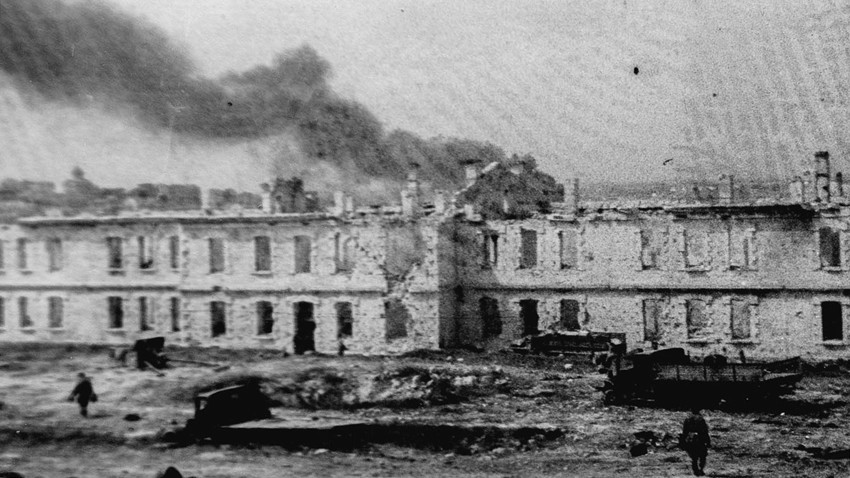
Sevastopol, a city in the southwest of the Crimean Peninsula, found itself under occupation at the very beginning of World War 2. In fact, its occupation marked the start of the Great Fatherland War - in 1941 the city was the first to come under attack from Hitler's Air Force because the Black Sea Fleet was based there.
"The Crimea should be cleared of all outsiders and settled by Germans," Adolf Hitler said on July 19, 1941. For 250 days Sevastopol mounted a defense, but then it fell, and came under the command of the SS. The whole population was re-registered, punitive detachments scoured the city and over 20 camps for prisoners of war almost immediately appeared on its territory. The occupation lasted until May 9, 1944.
Seventy-five years on, the Ministry of Defense has published previously unseen archive documents and photographs showing the liberation of the city.
The inscriptions on the backs of the photographs were made by one of the first army officers to walk through the ruins of liberated Sevastopol.
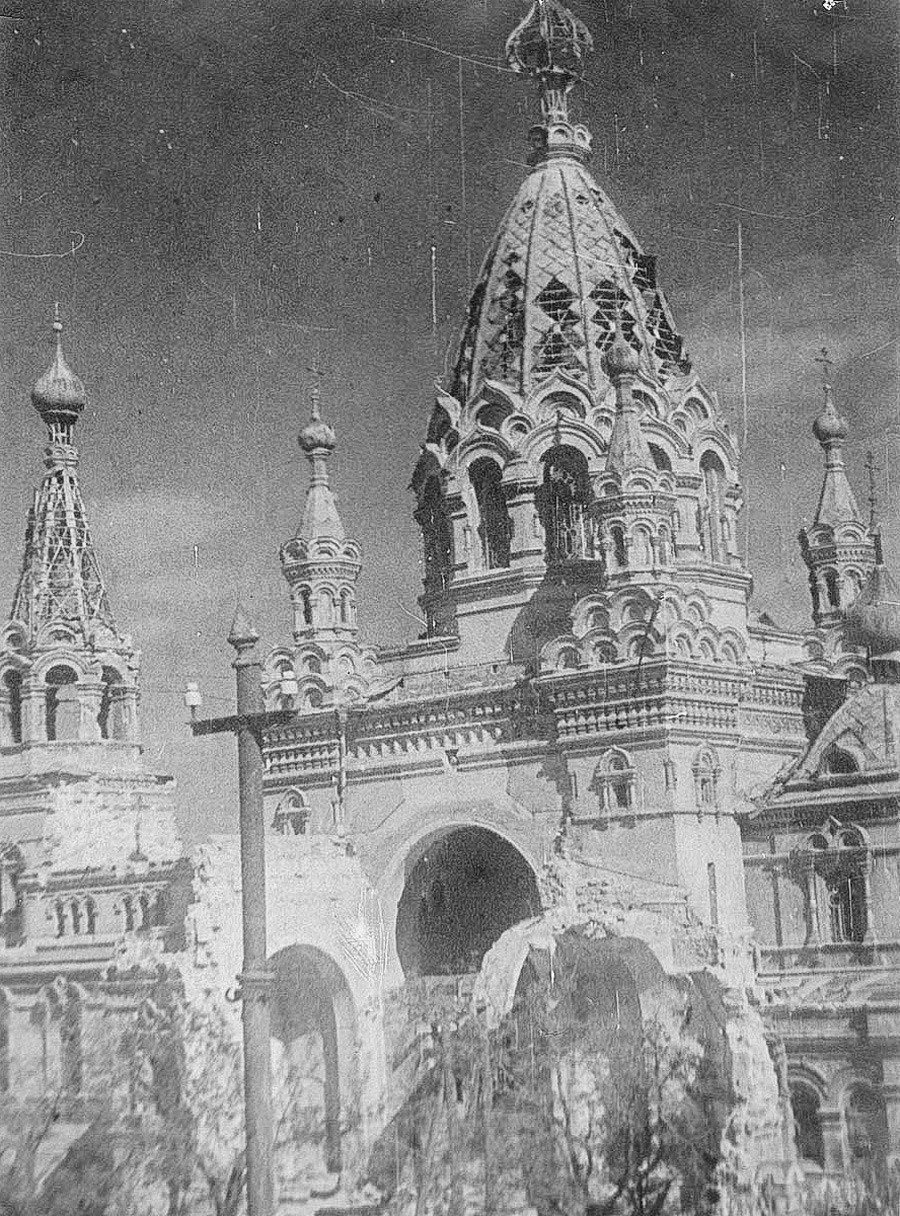
Pokrovsky Cathedral
Ministry of Defence of the Russian Federation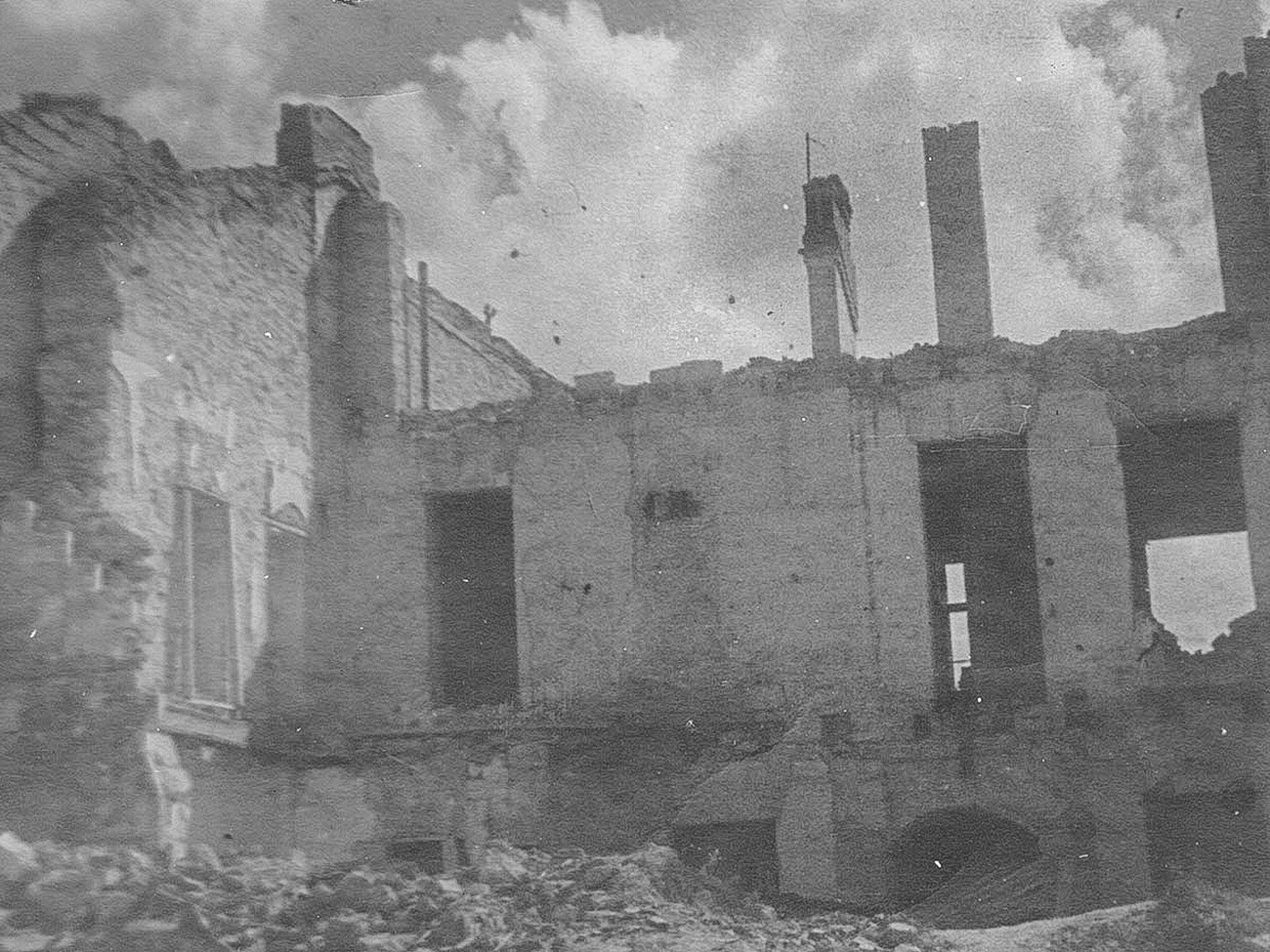
Residential buildings on Lenin Street
Ministry of Defence of the Russian Federation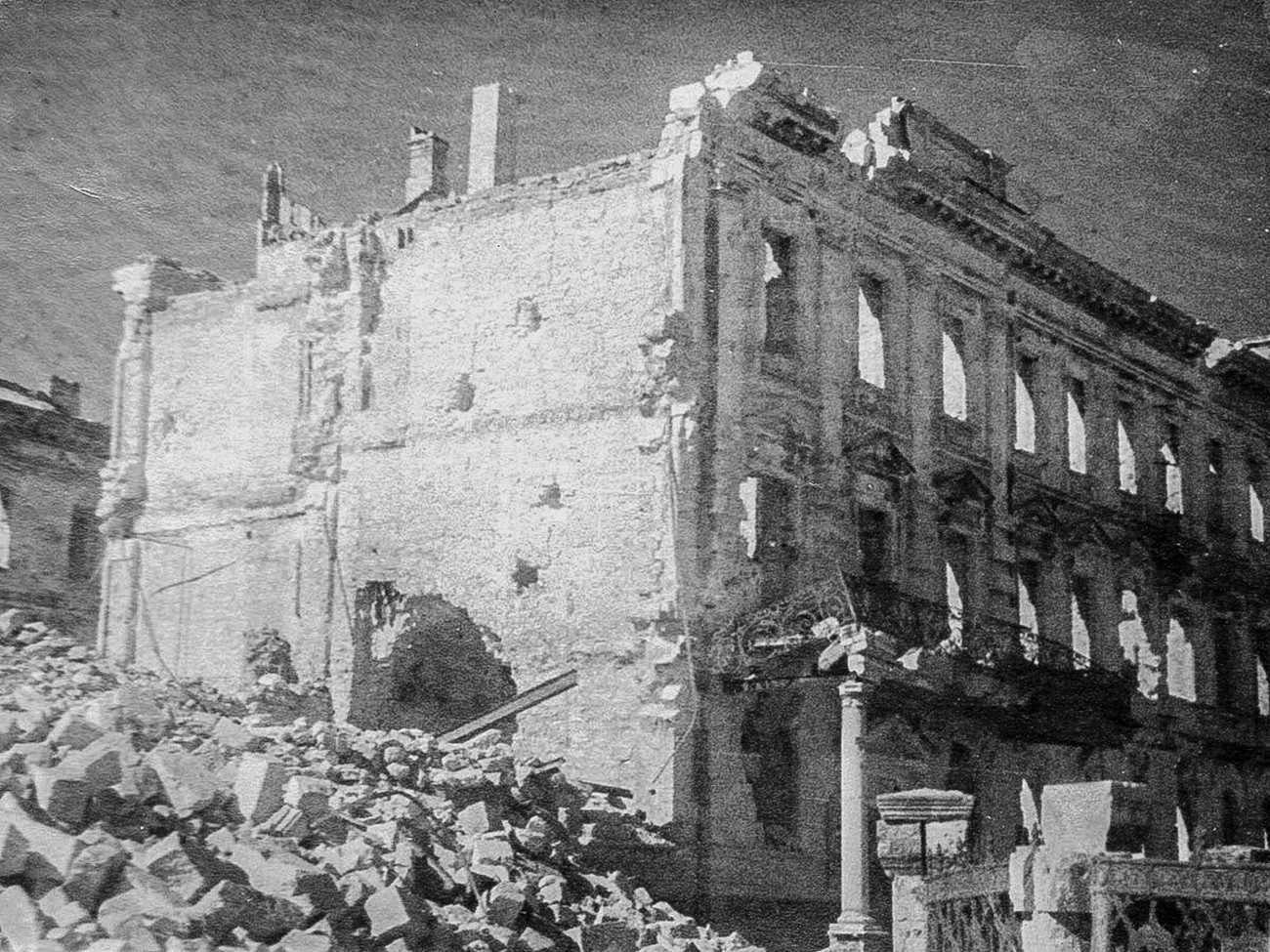
Headquarters of the Black Sea Fleet
Ministry of Defence of the Russian Federation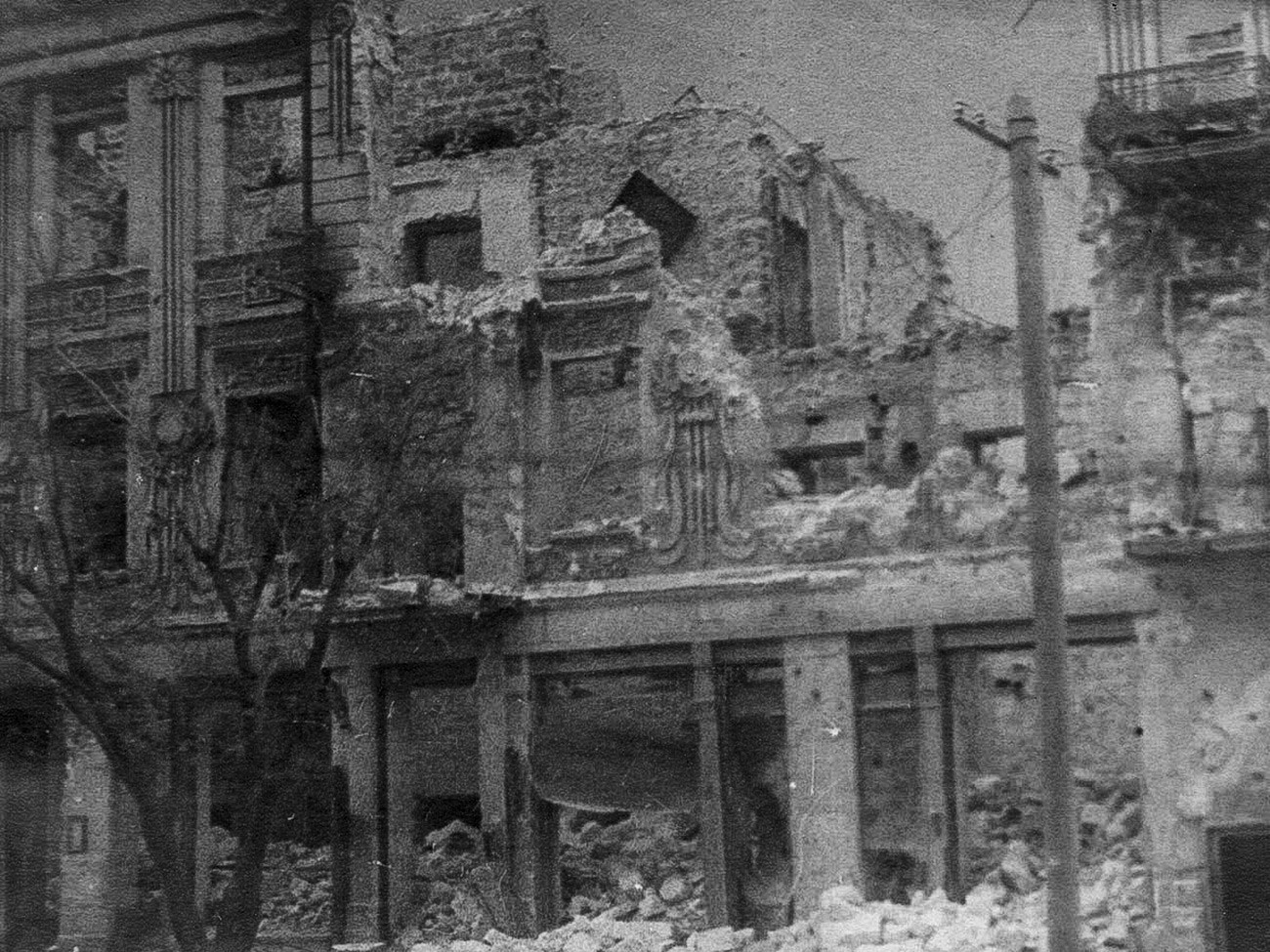
Maritime Library building
Ministry of Defence of the Russian Federation
A residential building on Lenin Street
Ministry of Defence of the Russian Federation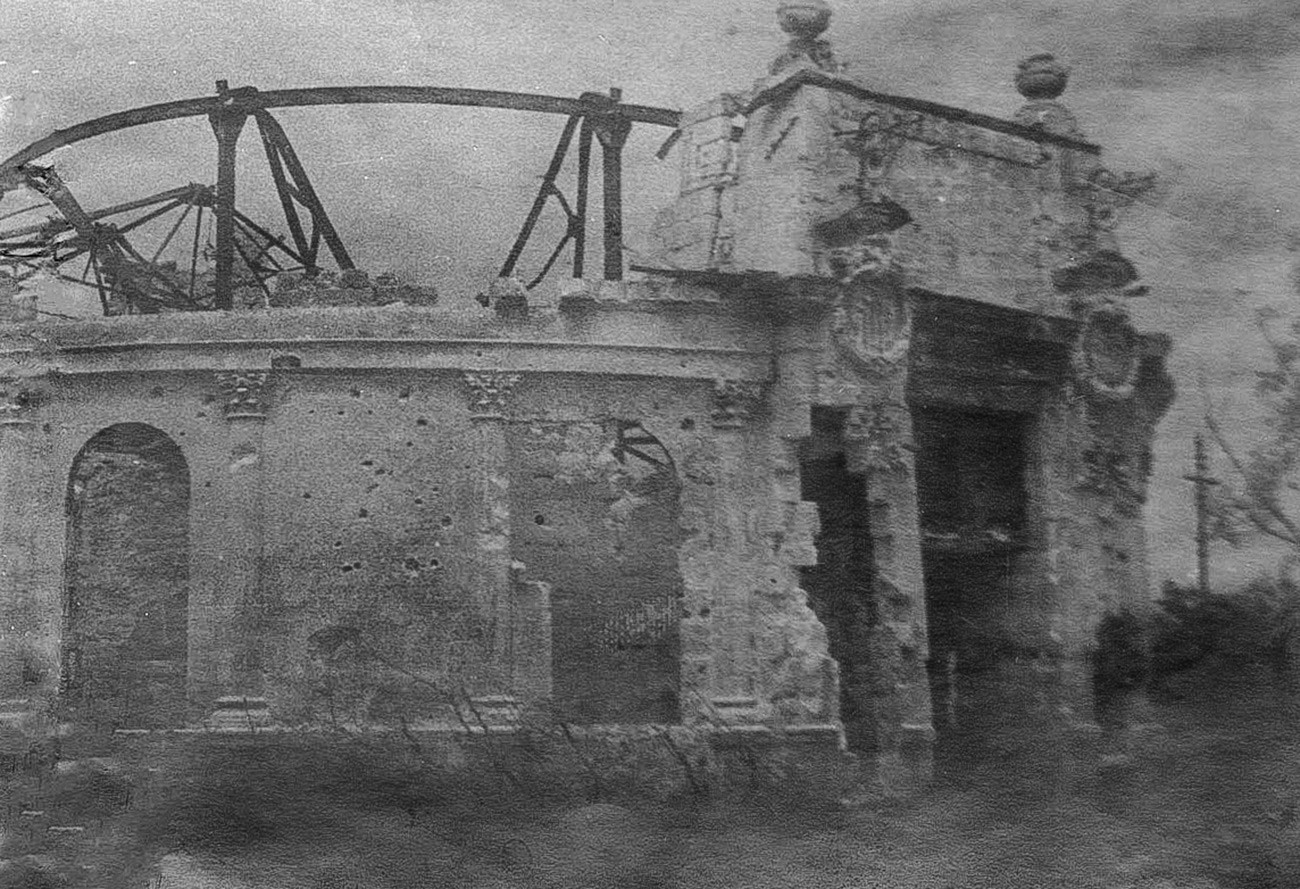
Lunacharsky Theatre
Ministry of Defence of the Russian Federation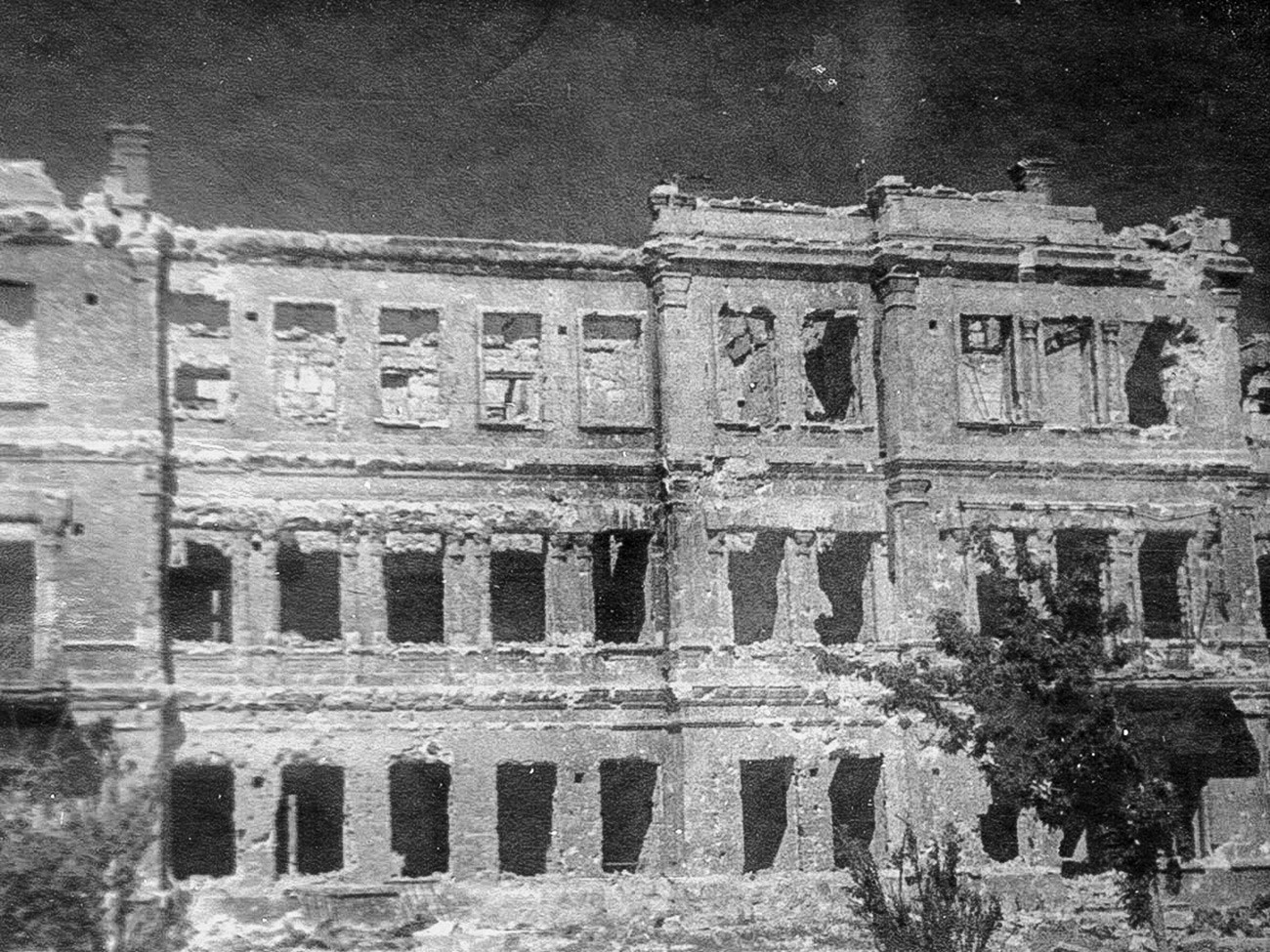
Technical college
Ministry of Defence of the Russian Federation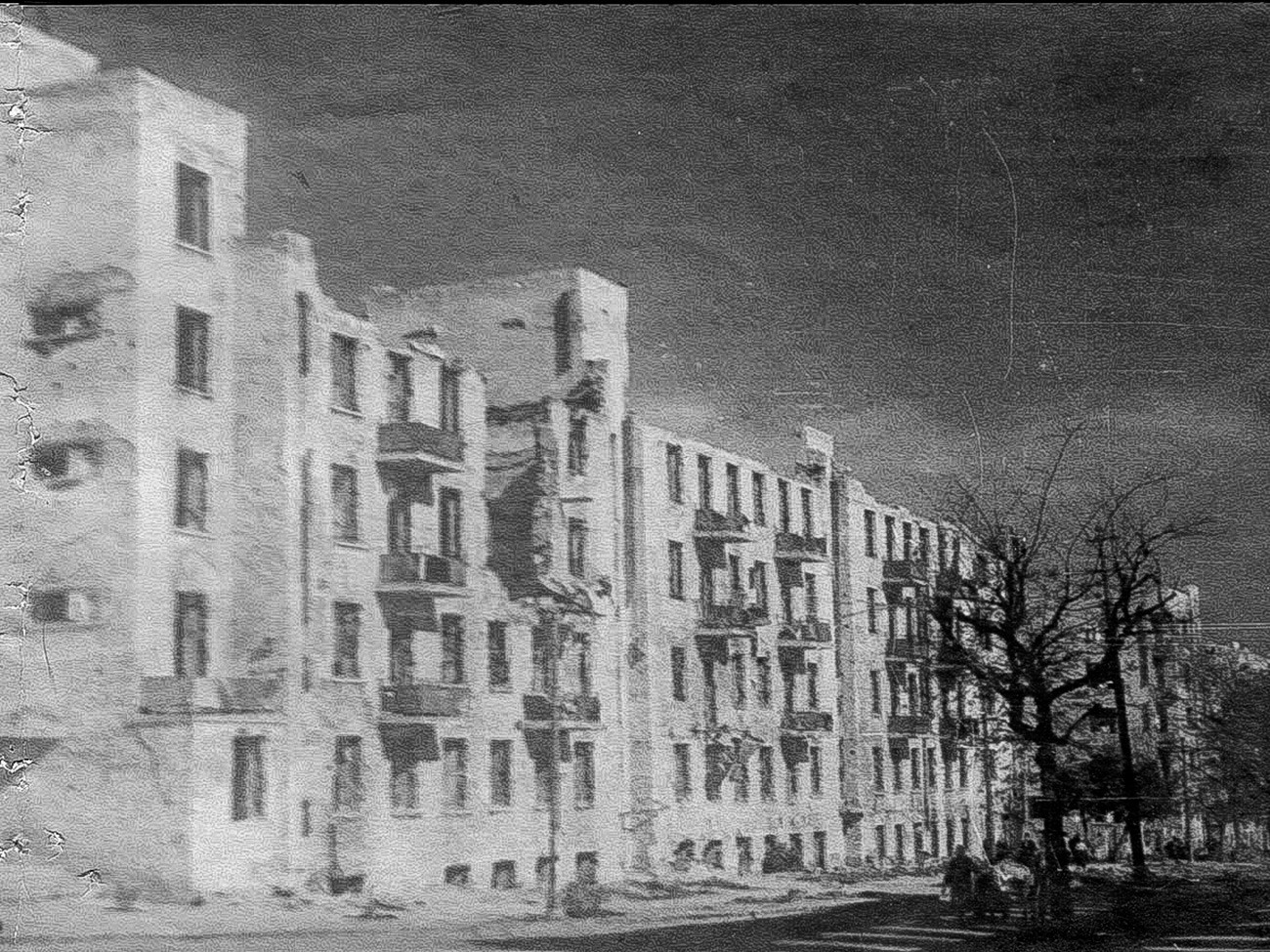
Factory on Karl Marx Street
Ministry of Defence of the Russian Federation![Beheaded statue of Eduard Totleben [Russian general]](https://mf.b37mrtl.ru/rbthmedia/images/2019.05/original/5cd290e285600a789b004ff4.jpg)
Beheaded statue of Eduard Totleben [Russian general]
Ministry of Defence of the Russian FederationIf using any of Russia Beyond's content, partly or in full, always provide an active hyperlink to the original material.
Subscribe
to our newsletter!
Get the week's best stories straight to your inbox